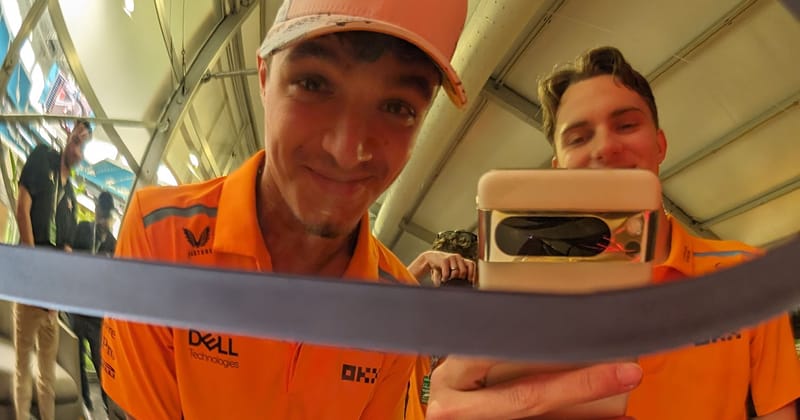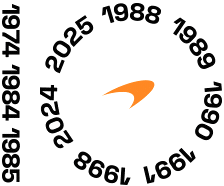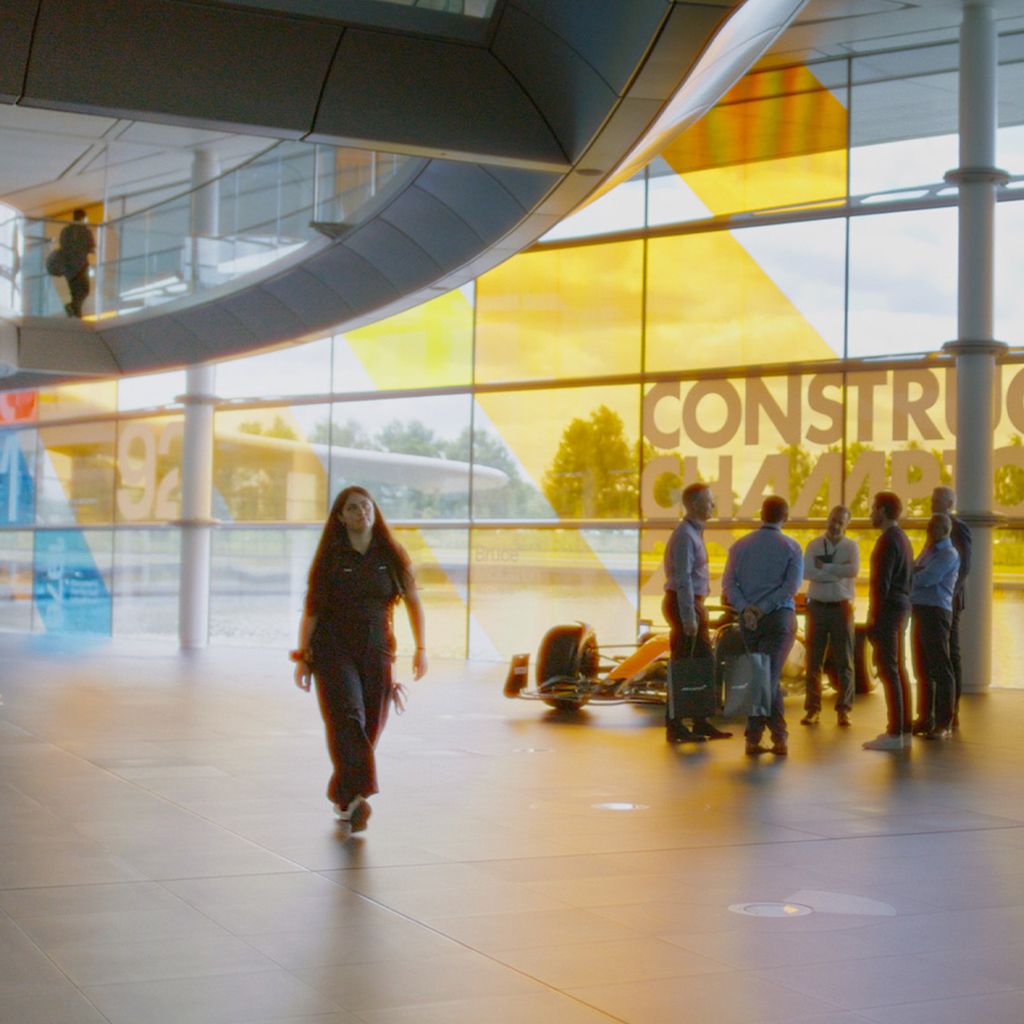
A day in the life of an F1 Trackside Reliability Engineer, with Abbie Robison – presented by Dell Technologies
Part I: Reliability is increasingly crucial in modern-day Formula 1, making this role one of the most important in the team

Read time: 14 minutes
A Reliability Engineer is one of those vital trackside roles, well understood within the confines of the F1 paddock, but perhaps its existence is lesser known outside of the travelling F1 circus. It’s always been a vital cog, linking trackside and factory operations, but the greater the calendar congestion, the more critical it becomes.
Abbie Robison is one of our Reliability Engineers, splitting her time between weeks working trackside and the race bays at the McLaren Technology Centre (MTC).
“A reliability engineer, in a nutshell, is a problem-solver,” says Abbie. “It’s about dealing with any problem we have as quickly as possible, and ensuring the car stays on track – but there is also an element of thinking ahead. I like to break it down into the reactive element of dealing with issues as they appear, and then a proactive element of thinking about how to stop those issues from happening in the first place.”
In a four-part series, Powering the Team. A Day in the Life, presented by Dell Technologies, our official innovation partner, we’re exploring how different teams across the business utilise data with the help of Dell Technologies on a typical working day. For this first piece, we spent the day with Abbie at the McLaren Technology Centre, before the team made the trip to a highly successful Austrian Grand Prix.

Reactive and proactive
Abbie likes to get into work around 08:00-08:15. During the flyaway parts of the year, the differing time zones may make it a little challenging, but she professes to be a morning person. “I like to get an early start to the day. Meetings are usually from 09:00 onwards, and I like time to get settled. Setting up for the day, I like to know what’s on my schedule, what I'm going to be doing.”
Time back at the factory during a season is rare - Abbie will only get three to four days max between events at the MTC, and is specific in how she spends this.
“When we’re trackside, there are surprises hitting you at every turn, and you have to be reactive – so when I’m back at the MTC, I’m more focused on the proactive work and I like to be regimented in how I do that.
“Today, that means starting early, with a meeting at 08:30 and another at 09:00, both focused on preparing for this week’s race. It’s a busy Monday, before travelling to Austria tomorrow.
“For example, the configuration of the car has to be really clear, so that everyone knows what parts on the car are new and what we are sending out to be tested that weekend. I will need to get my head around anything that is new so that I can be the first point of contact if there’s something that those in the garage don’t understand. I need to know it well enough to quickly answer any questions they have.”
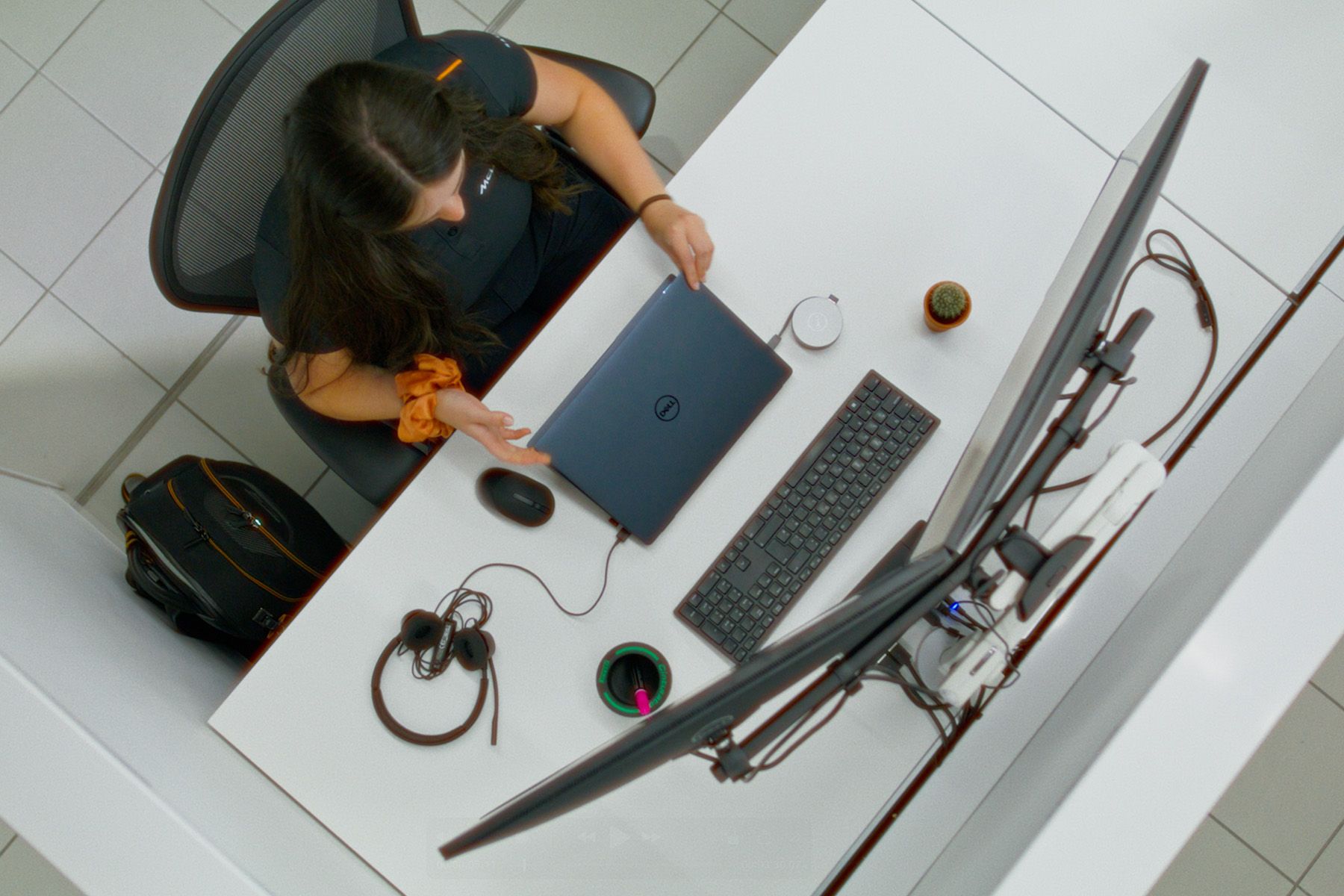
Installing upgrades
For Austria, there are potential upgrades to the suspension, and these components will need to be fitted to the front and rear of the MCL39. Therefore, Abbie’s first meeting of the morning is with a suspension designer.
The preference is to get any parts onto the car at the first race possible, so the team may initially travel with an incomplete set, ahead of additional parts arriving over the weekend. This might mean that only one car is fitted with the upgrade on Friday, with the second car receiving the installation in time for Saturday’s sessions. Deciding whether this approach is viable is part of a Reliability Engineer’s job.
“We’re working through the new suspension upgrades, to make sure we can get them delivered in time and put together in the right way. Delivery is tight, so the plan is to split the cars at the start of the weekend, and then run the upgrade on both as more parts arrive at the track,” explains Abbie.
“From a trackside perspective, we work with Design and Planning, to let them know what is feasible and what is not. It’s not always feasible to fit parts arriving on Friday, and so we work to define what time of delivery is acceptable, and whether we’d rather wait and have more sets and delay the whole project by a race.
“This is less than ideal, because we’re always trying to deliver performance to the car as quickly as possible, but there are certain things you can’t do on a Friday night, especially when working under the restrictions of a curfew. The car is in a certain state of build, and parts of it are completely inaccessible within the amount of time we have, with the existing workload in the garage.”

Testing out upgrades and trialling longer-term ideas
Some new components are a part of a longer-term development project and will only be run during practice on the Friday, before being removed for second or third practice.
Other parts are genuine upgrades, and the job on Friday is to sign them off, ready to be raced.
Evaluating these takes many forms: feedback from the drivers, assessment of telemetry from the car's sensors, and the latest technology provided by Dell and their AI Factory, which allows us to process the captured data extremely quickly,
“We use additional logging throughout the car during Friday sessions to gather additional data to see if the updates are faster, or changing the way the car behaves,” says Abbie. “That data means we can quantitatively say so, as well as qualitatively from the driver's opinion.
“We’ll have a Design representative in Mission Control at the MTC who will be our main point of contact, should we face any issues, but performance will also be studied by brake specialists, tyre specialists, vehicle performance specialists, all of whom will be studying the data, learning what they can, seeing if we need to change things. We’ll work through many iterative loops of that, via our main comms channels.”

Learning in the real world
There’s a dream scenario in which trackside reliability engineering is barely noticed because everything fits perfectly and works right out of the flight case. The reality, even in a season as successful as this one, tends not to be quite so simple. F1 cars are prototypes, design teams like to take risks, and parts are produced at a rapid rate. Not everything can go perfectly or work the first time of asking.
As a reliability engineer, Abbie will work proactively to minimise the risk, while ensuring the team are prepared to deal with any instances where a new component doesn’t quite fit right or function as intended out of the box.
Dell Technologies’ AI Factory helps with this by adding automation, skipping manual processes, and sorting through the data captured. It speeds up Abbie’s job and allows her to prepare more thoroughly in the short time she has to work proactively between race weekends.
“Our aim is to be as proactive as possible,” says Abbie. “The ideal is that nothing is a surprise, and we never have to fire-fight. Realistically, that’s hard to achieve, especially with the rate of development being as high as it is.
“Where there is a problem, we want to contain and resolve it quickly, but we also want to make sure that problem doesn’t happen next week, or two seasons from now. The issues that you see on track are perhaps the one per cent – but even the 99 per cent that are never seen on track, we’re working to ensure it doesn’t happen in the garage either.
“How many issues are we dealing with on a race weekend? It really varies across the season, but it might be anywhere from 50 to 100 plus. More, of course, at the start of the season when the car is new, fewer as we get to know it.”
“Where there is a problem, we want to contain and resolve it quickly, but we also want to make sure that problem doesn’t happen next week, or two seasons from now”
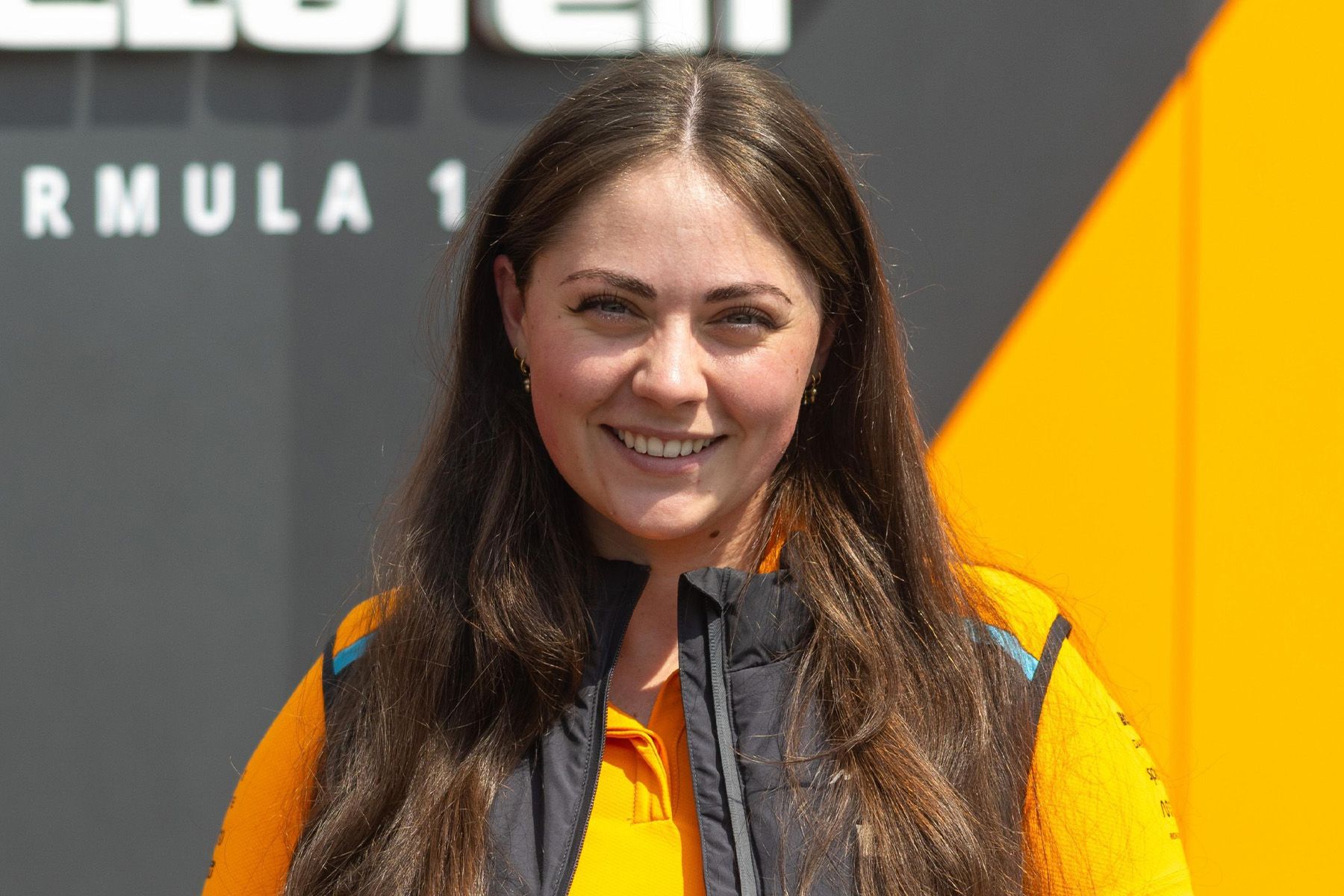
Abbie Robison
Reliability Engineer
Repairing parts properly
In addition to the problems that can arise when producing a new component, there are also the existing parts that sustain damage through a season, whether that is from scraping the wall when racing on the limit or after being hit by a wayward competitor - par for the course in any racing series.
These will be processed between races. Damaged parts may need to be quarantined post-race: some will be scrapped, others repaired, and some may even turn out to be useable in their current state.
“Quarantine basically means that the part cannot be used,” says Abbie. “This might be because it produced an abnormal reading in the data, so it may look physically fine, but there’s a risk to running it. Alternatively, it might be something very clearly broken.
“Those that can be fixed won’t get near a race car until it’s been through a service routing to check that it’s safe to use. We manage checking it in, reviewing it, fixing it and getting it back into the race pool as quickly as possible.”
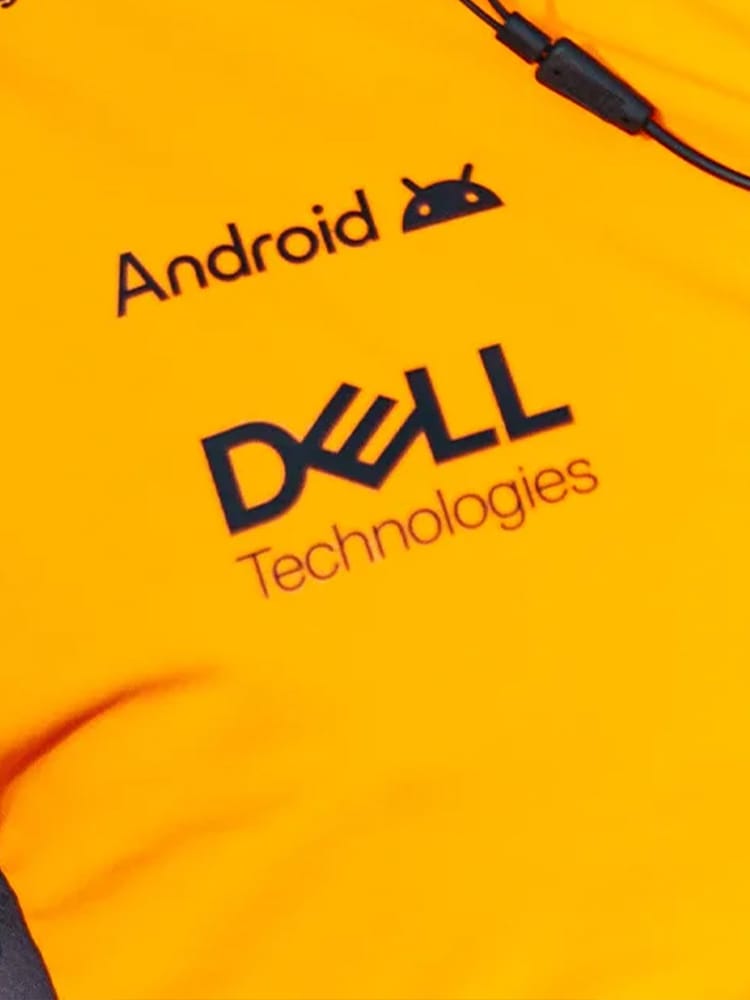
Dell Technologies Official innovation partner
Finishing off the day
Abbie’s final meeting of the day is with Andrew Salt, Manager, Car Assembly and Hydraulics. Previously the Number One Mechanic on Oscar’s car, Andrew now looks after factory build, working at the MTC in the same section where Abbie has her desk.
At the time of speaking, late in the day on the Monday of the Austrian Grand Prix week, the chassis and most of the other parts have already departed for Spielberg. Following a car configuration meeting this morning, Abbie’s catch-up with Salty is to go over any outstanding work to be completed, before she heads out to Austria.
“The cars will be serviced at the factory when there is a gap between races, like there was between Canada and Austria, for example,” she says. “I will sit down here with Andrew during these periods, and we will be on hand to help the team deal with issues as they arise. We will also deal with the parts that have returned from the track, which we already know have issues, making sure these are logged onto the system in the right way.”
“Then, when we arrive at the track on Wednesday morning, we’ll pick up all the bits that Andrew’s team have been working on, and continue their build until we’ve got two fully assembled race car.”
Those two fully assembled race cars went on to enjoy a smooth and hugely successful race in Austria: The updates worked as expected, neither car suffered damage, and the team began an unbroken run of 1-2 finishes that has now extended all the way to the Summer Break.
As Official Technology Partner of McLaren Formula 1 Team, Dell Technologies enables McLaren Racing’s Reliability Team to anticipate and solve problems before they. Find out more here.
Recent articles
All articles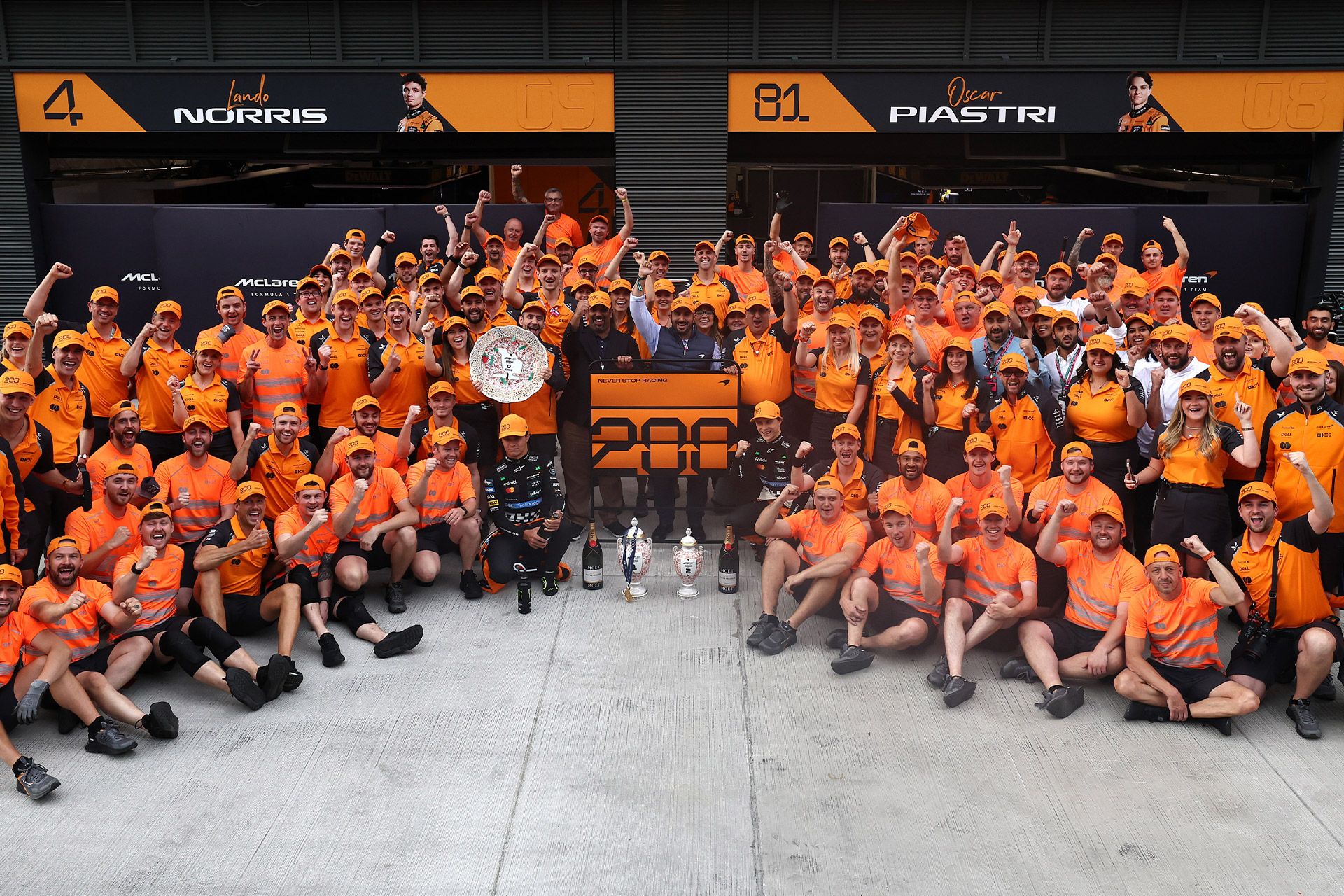
McLaren’s 10 defining Formula 1 victories

Building and setting up an F1 car with Dell Technologies’ AI Factory

How AI is revolutionising F1 - Presented by Dell Technologies

Working proactively to overcome challenges with the Dell Technologies’ AI Factory
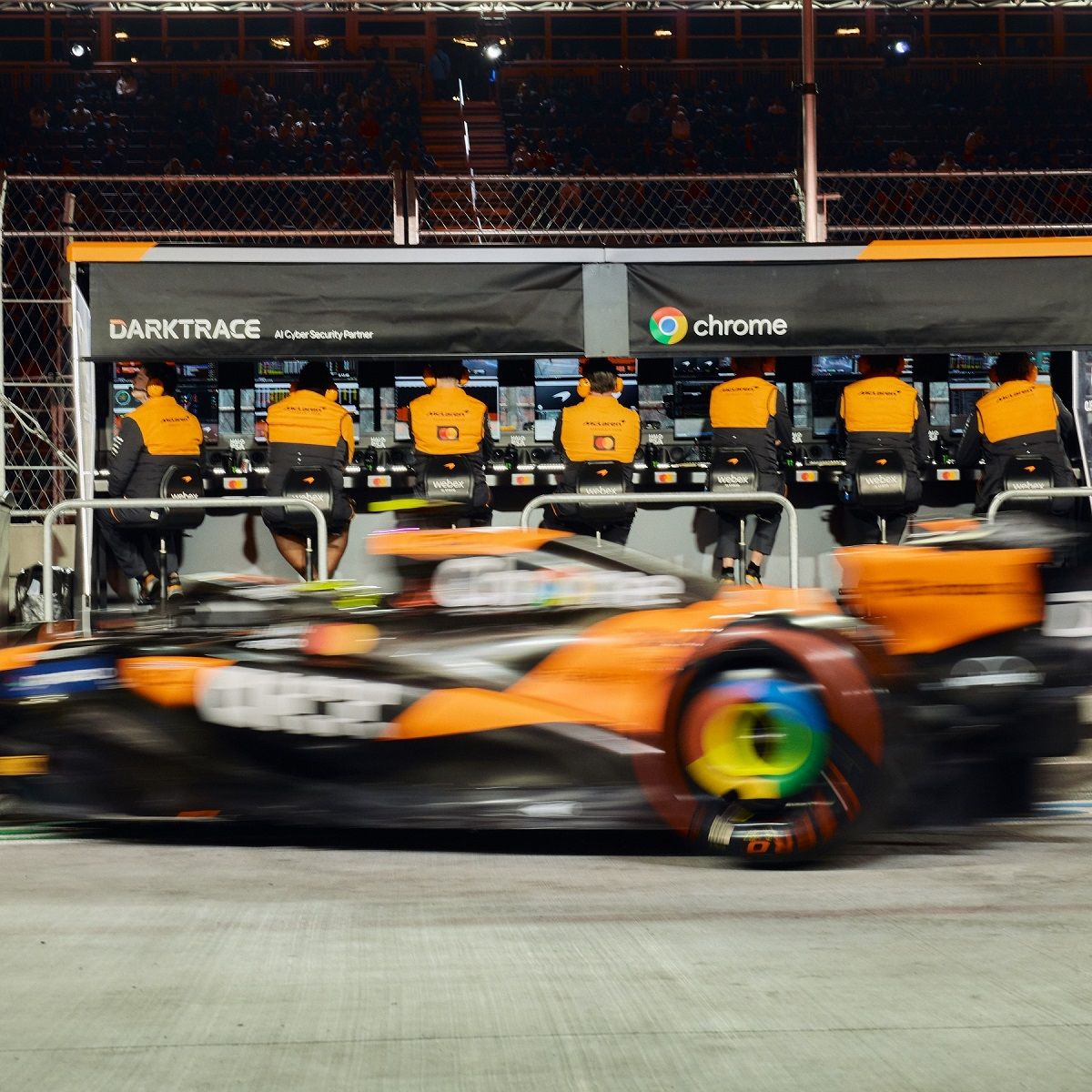
How we use Dell Technologies’ AI Factory in-session
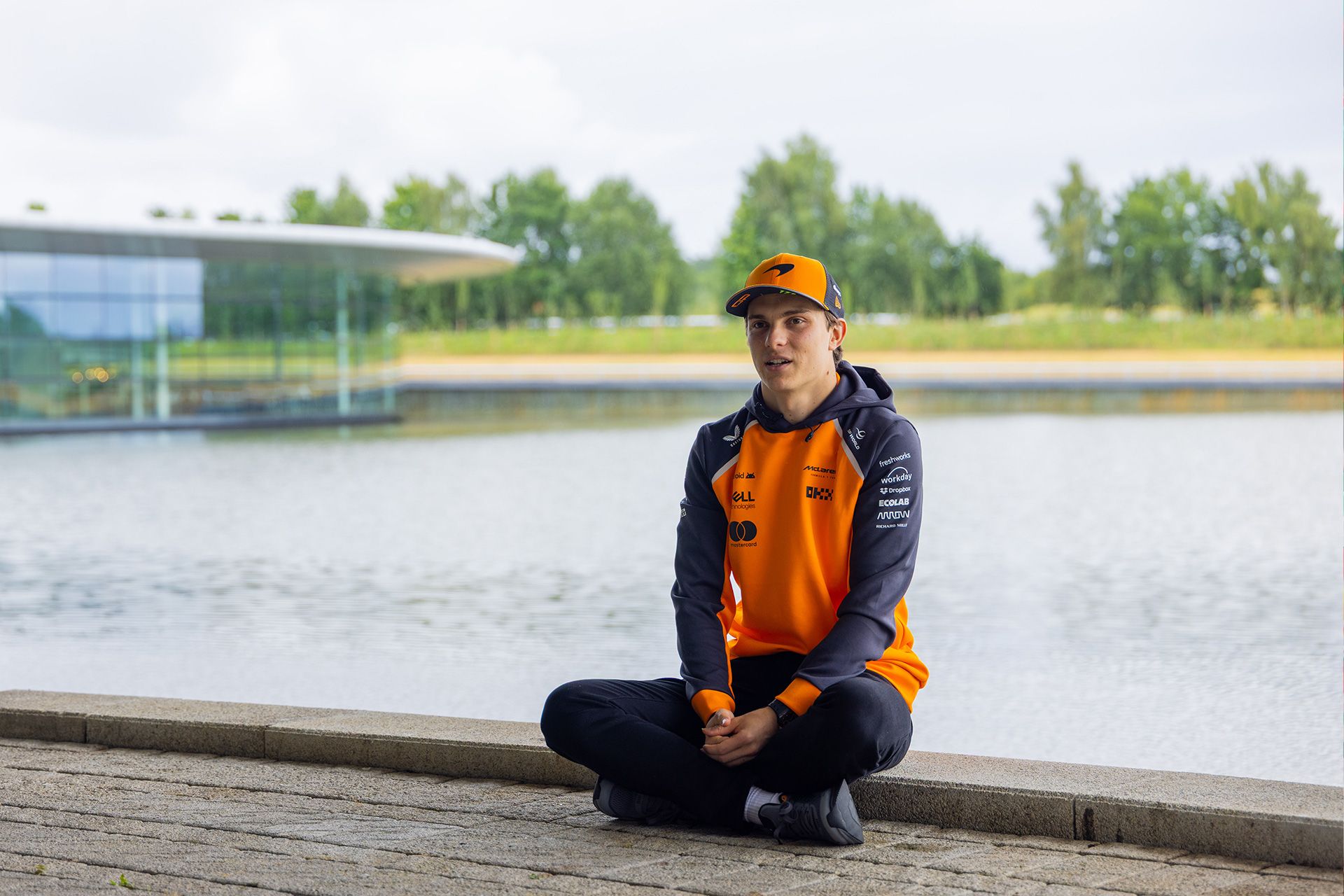
Reliving Oscar’s first Formula 1 victory in Hungary 2024






